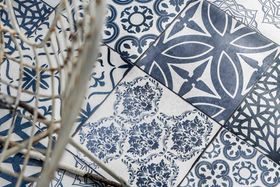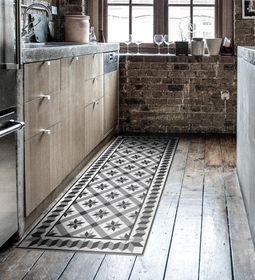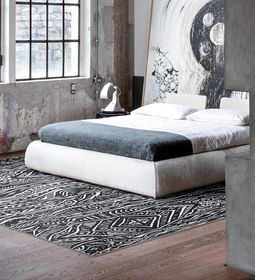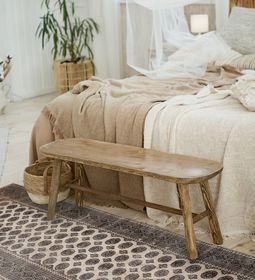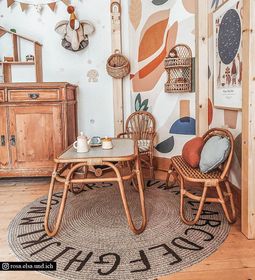Transform Your Living Room With a Tile Accent Wall
Published August 29, 2022
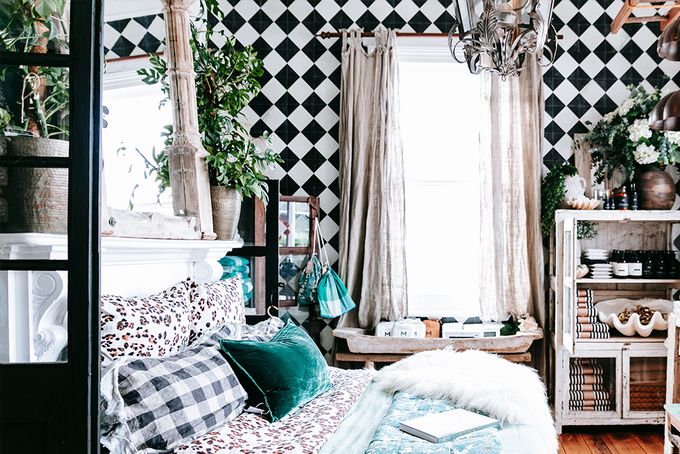
A feature wall decorated with colorful tiling can create a stylish atmosphere in your living room. This is a more affordable way to liven up your décor as opposed to buying a large artwork or painting the whole room. It can also add surface texture to the wall. By creating a living room accent wall, you can achieve a new look for the whole room.
What Is an Accent Wall?
An accent wall is a single wall in a room that's either painted, tiled, or decorated in a color and texture to add a decorative element to the room. This feature then identifies the room with a particular style, transforming the other ordinary objects or furnishings into decorative items highlighted by the accent wall.
Are Tiles Appropriate for a Living Room?
You can add definite texture and style to your living room with a tiled accent wall. Especially in an open-concept living room with an area rug, an accent wall will provide focus to the room.
Tiles are usually glazed with a glossy finish, or they could be matte clay tiles. This could be the best wall art for your living room because it makes a style statement—for example, organic stone, Moroccan mosaic tiles, or modern glass tiles, which add depth and light to bring a special feel to the room.
Best Types of Tile for Your Living Room Accent Wall
The three best types of tile recommended for a living room are ceramic tiles, wood-look tiles, and stone tiles. You could also create a harmonious collage with patterned ceramic tiles, like mosaics.
- Ceramic tiles come in a wide range of colors, textures, and sizes. By using a repeat pattern on one wall, you can create a richly textured effect. These tiles are durable, don't attract dust to their smooth surfaces, and are easy to wipe clean. They're also stain-resistant, so any spills or splashes can be easily removed.
- Wood-look tiles can be very warm and add a mellow tone to your décor. These tiles can be easily applied to a wall when they're supplied in strips or panels. They're usually protected with a wipe-clean finish which makes them easy to use and maintain. There's a variety of woody tones and shapes to choose from.
- Stone tiles (or simulated stone) are also supplied in panels or cladding, which is easy to apply. There's a variety of sizes, from fine layers of stone to larger-size stonework effects. This creates a natural indoor-outdoor feel in your living room and a neutral background with plenty of texture.
There are many more tile types to choose from, but these are the most popular for an accent wall. They create a neutral background that provides the opportunity to match this wall art with rugs and colorful soft furnishings.
Best Tile Shades for Your Living Room Accent Wall
The natural shades of wood and stone, and some marble-type ceramic tiles, all create a neutral palette to work from. When decorating your living room, you can rely on the eye-catching texture of a tiled wall to create interest. Therefore, it's best to keep to neutral shades for these tiles, so that you can make décor changes easily against this special backdrop. The best shades for the tiles are warm rustic brown, cream, bluish greys, and honey beige. These background tones on your accent wall allow you to use brighter and bolder tones in rugs, cushions, couch covers, and curtaining.
Conclusion
A tiled accent wall in the living room is a strong décor feature and provides texture, interest, and color. Choose tiles with a neutral color, so that the accent wall stays pristine over time and can provide a consistent background for changes to your living room décor.

